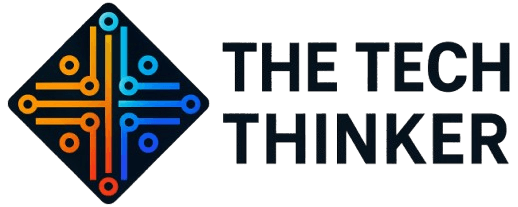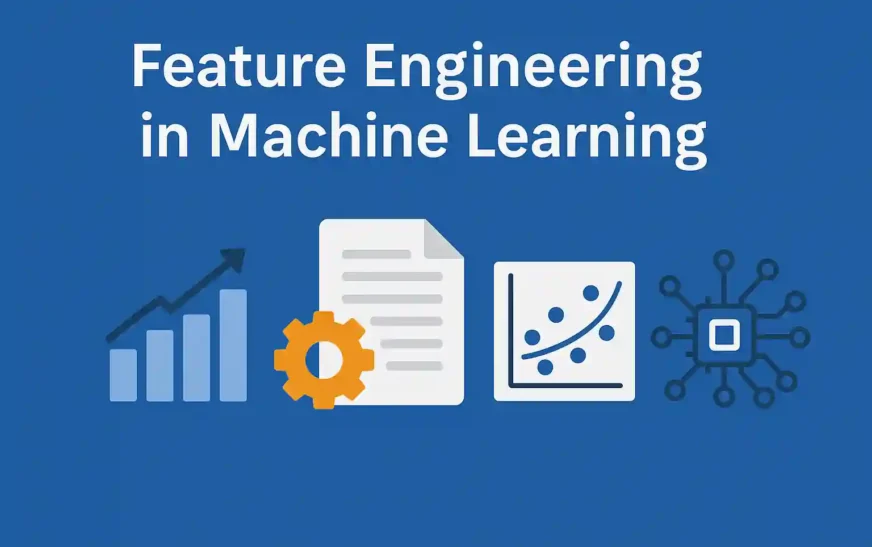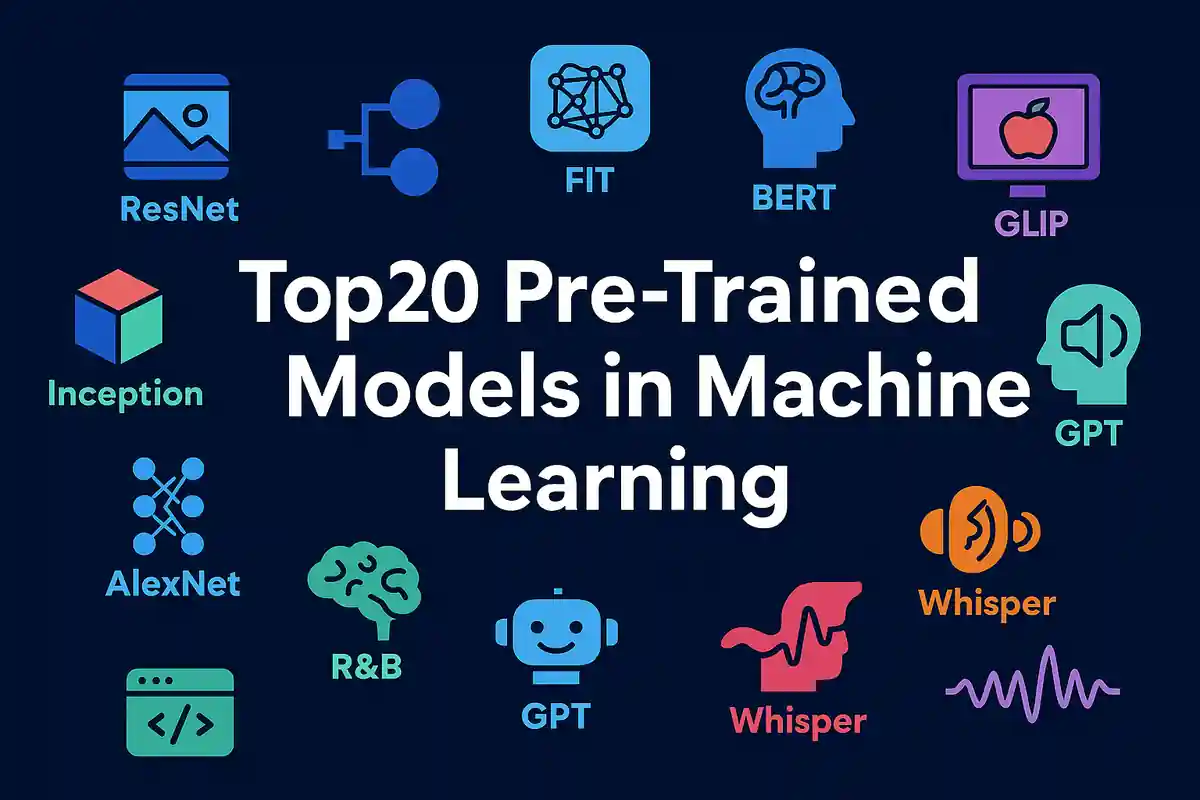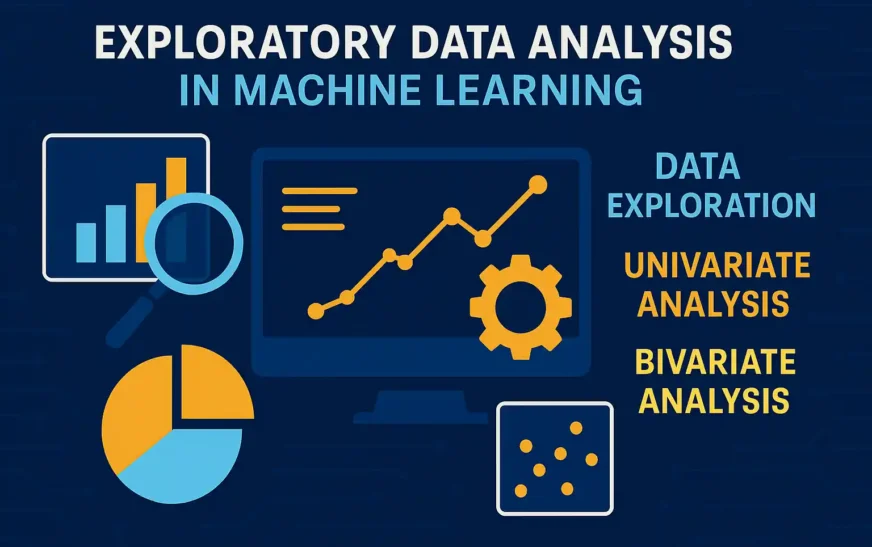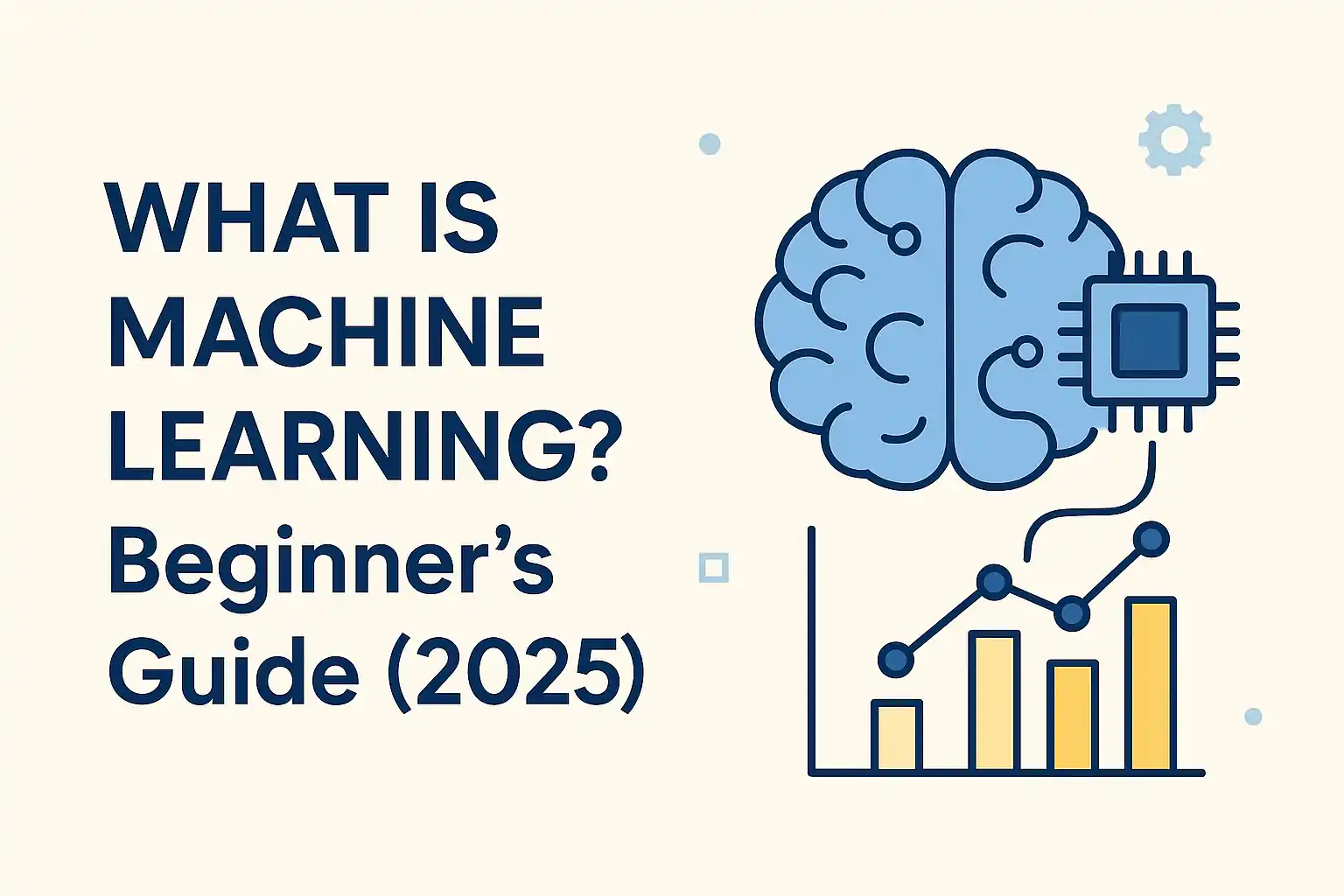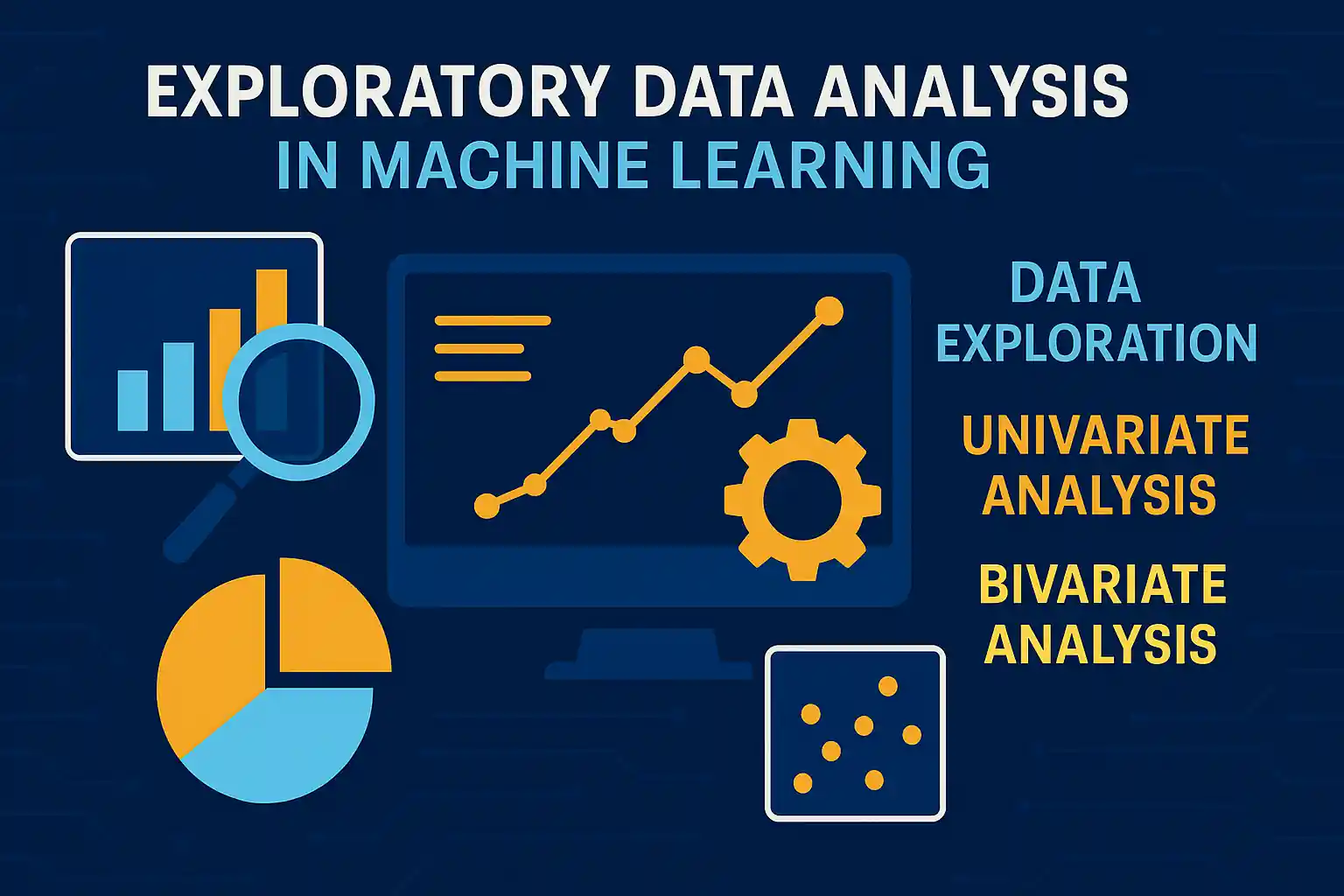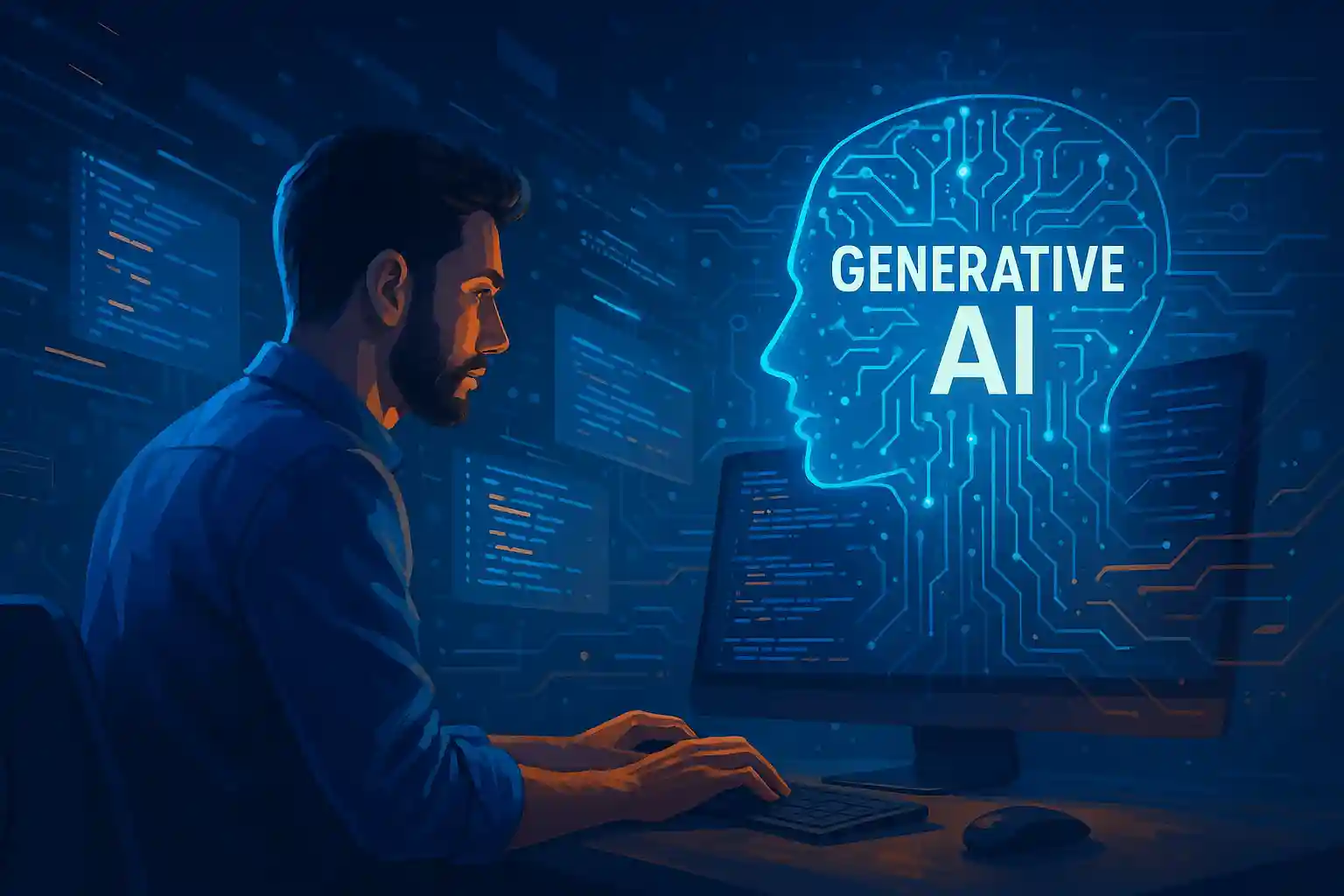🧠 Feature Engineering in Machine Learning : The Real Power Behind ML Models
“More data beats clever algorithms, but better features beat both.”
— Peter Norvig, Google Research
In this guide, we’ll explore everything about feature engineering in machine learning, including its purpose, techniques, and real-world applications.
Feature engineering is the art and science of transforming raw data into meaningful features that improve machine learning models. Even the most advanced algorithm cannot compensate for poorly designed features.
Whether you’re building a simple linear regression model or a deep learning pipeline, feature engineering is the backbone of model performance. It’s where domain expertise meets mathematical insight.
🔍 What is Feature Engineering?
Feature engineering is the process of creating, transforming, or selecting the right input variables (features) that allow a model to learn patterns effectively.
📘 Example: In predicting house prices, raw data like
year_builtcan be transformed into a more meaningful feature likehouse_age = current_year - year_built.
🎯 Why Features Matter More Than Models
A simple model with excellent features will almost always outperform a complex model with weak features. Features:
Guide the model toward patterns in data
Reduce the need for complex architectures
Improve model accuracy, speed, and generalization
🔄 Feature Engineering vs Feature Selection
| Aspect | Feature Engineering | Feature Selection |
|---|---|---|
| Purpose | Create new features or transform existing ones | Choose the most relevant subset of existing features |
| Techniques | Encoding, binning, transformations, interaction terms | Mutual info, Lasso, RFE, correlation filters |
| Output | New dataset with better input variables | Reduced dataset |
🎯 Goals and Importance of Feature Engineering
Improve accuracy by highlighting key patterns
Reduce overfitting by removing noise
Increase interpretability through meaningful features
Create ML-ready variables from raw data
🧰 Core Feature Engineering Techniques
One of the most overlooked steps in the ML pipeline is feature engineering in machine learning, yet it directly influences model success.
1️⃣ Handling Categorical Variables
🧠 Why?
Most ML models (like Linear Regression, SVMs, and Neural Networks) work only with numbers.
🔧 Techniques:
Label Encoding: Assigns integer values to categories
👉 Good for ordinal data (e.g., low < medium < high)One-Hot Encoding: Creates binary columns per category
👉 Best for nominal data with few unique valuesOrdinal Encoding: Manual mapping for ordered categories
👉 Use when order matters but not magnitude
🧪 Python Example:
from sklearn.preprocessing import OneHotEncoder
import pandas as pd
df = pd.DataFrame({'color': ['Red', 'Blue', 'Green']})
encoder = OneHotEncoder(sparse=False)
encoded = encoder.fit_transform(df[['color']])
print(pd.DataFrame(encoded, columns=encoder.get_feature_names_out()))
⚠️ Pitfalls:
High cardinality: One-hot encoding can explode feature space
Use feature hashing or target encoding as alternatives
2️⃣ Creating New Features
⛏️ Methods:
Binning: Convert continuous variables into categories
👉 e.g., Age groups: 0–18, 19–35, 36–60, 60+Interaction Features: Multiply/combine columns
👉 e.g.,Income * Education_LevelPolynomial Features: Include
x²,x³, etc.
👉 For capturing non-linear relationshipsDate-Time Feature Extraction:
👉 Fromdate: extract day, month, weekday, season
🧪 Python Example:
df['house_age'] = 2025 - df['year_built']
df['price_per_sqft'] = df['price'] / df['sqft']
3️⃣ Feature Transformations
🧠 Why?
Many models assume linearity or normal distribution.
🔧 Techniques:
Log Transform: For right-skewed data
Box-Cox: For normalizing positive values
Standardization (Z-score):
(x−mean)/std(x – mean) / stdMinMax Scaling:
(x−min)/(max−min)(x – min) / (max – min)
🧪 Python Example:
from sklearn.preprocessing import StandardScaler
scaler = StandardScaler()
df[['income_scaled']] = scaler.fit_transform(df[['income']])
4️⃣ Text Features (NLP)
🔧 Techniques:
TF and TF-IDF (Term Frequency, Inverse Document Frequency)
Word Embeddings (Word2Vec, GloVe)
Text Length, Word Count, Sentiment scores
5️⃣ Missing Value Engineering
Sometimes, missingness itself is meaningful.
df['has_missing_income'] = df['income'].isnull().astype(int)
Use imputation + missing indicator to preserve signal.
🔄 Feature Engineering for Different Data Types
| Data Type | Key Techniques |
|---|---|
| Tabular | Encoding, scaling, binning, imputation |
| Time Series | Lag features, rolling averages, time decomposition |
| Text | TF-IDF, embeddings, length, POS tags |
| Images | Color histograms, edges, deep features (CNN) |
🔧 Feature Engineering Tools
Tools like scikit-learn, FeatureTools, and AutoFeat support automated feature engineering in machine learning tasks.
🧰 Python Libraries:
Scikit-learn: Pipelines, scalers, encoders
FeatureTools: Automated feature generation
CategoryEncoders: Target encoding, hashing, Helmert, etc.
AutoFeat: For automatic polynomial/log/square transforms
Whether you’re working with tabular, text, or image data, mastering feature engineering in machine learning is critical to getting high-quality predictions.
🏠 Case Study: House Price Prediction
Dataset Features:
year_built,sqft,location,num_bedrooms,price
Feature Engineering Flow:
Create
house_age = current_year - year_builtOne-hot encode
locationCreate
bedrooms_per_sqft = num_bedrooms / sqftLog-transform
price
Visualizing Feature Importance:
from sklearn.ensemble import RandomForestRegressor
import matplotlib.pyplot as plt
model = RandomForestRegressor()
model.fit(X, y)
importances = model.feature_importances_
plt.barh(X.columns, importances)
plt.title("Feature Importance")
plt.show()
✅ Best Practices in Feature Engineering
Use domain knowledge to craft meaningful features
Apply cross-validation after every major transformation
Watch out for data leakage
Create modular pipelines using
scikit-learn
❌ Common Mistakes to Avoid
Overfitting by adding too many irrelevant features
Blindly applying one-hot encoding to high-cardinality columns
Designing features using information from the test set (data leakage)
Failing to check distributions after transformations
🔍 Feature Selection vs Feature Engineering
| Method | Use Case | Examples |
|---|---|---|
| Filter | Fast but shallow | Correlation, Chi-square |
| Wrapper | Expensive but deeper | RFE, Forward/Backward |
| Embedded | Built-in | Lasso, Tree-based importance |
🧠 Final Thoughts
Feature engineering is where machine learning goes from good to great. Algorithms are easy to swap, but features require insight, intuition, and iteration.
“Models can learn patterns, but features tell them where to look.”
— Every successful data scientist
In conclusion, feature engineering in machine learning remains the most critical skill for data scientists aiming to build accurate, scalable, and interpretable models.
🔍 20 FAQs on Feature Engineering in Machine Learning
1. What is feature engineering in machine learning?
Feature engineering is the process of creating, selecting, and transforming raw data into meaningful features that improve the performance of machine learning models.
2. Why is feature engineering important in machine learning?
Because well-designed features can significantly improve model accuracy, reduce overfitting, and help the model better understand patterns in the data.
3. What are some common feature engineering techniques?
Encoding categorical variables
Scaling/normalizing numeric features
Handling missing values
Creating interaction terms
Binning and discretization
Log or power transforms
4. What’s the difference between feature engineering and feature selection?
Feature engineering creates new features or transforms existing ones.
Feature selection chooses the most relevant features for the model.
5. When should I apply feature engineering — before or after data split?
Always apply feature engineering on the training data only to prevent data leakage.
6. How do I handle categorical variables during feature engineering?
Use:
One-Hot Encoding
Label Encoding
Ordinal Encoding
Target or Frequency Encoding (for high-cardinality)
7. How can I create new features from date and time columns?
You can extract features like:
Year, month, day
Day of week
Time of day
Is weekend
Time since event
8. What are interaction features, and when are they useful?
Interaction features are combinations (multiplication, ratio, etc.) of two or more features. They’re useful when relationships between variables are non-additive.
9. What is feature scaling, and why is it important?
Scaling (StandardScaler or MinMaxScaler) brings all numeric features to the same range, which is critical for algorithms like KNN, SVM, or gradient descent-based models.
10. How do I handle missing values as features?
You can create a binary feature like is_missing_column to indicate where values are missing, which sometimes carries important information.
11. What’s the role of domain knowledge in feature engineering?
It’s essential. Understanding the problem helps you create meaningful and context-aware features that raw algorithms can’t figure out alone.
12. Can I automate feature engineering?
Yes. Tools like FeatureTools, AutoFeat, PyCaret, and DataRobot offer automated feature generation and selection.
13. How does feature engineering differ for different data types (text, image, time series)?
Text: TF-IDF, embeddings, sentiment
Image: Pixel features, deep CNN features
Time series: Lag features, rolling stats, timestamps
14. What are polynomial features, and when should I use them?
Polynomial features are powers and interactions of numeric variables (e.g., x², x*y). Use them for linear models to capture non-linear patterns.
15. What are the risks of too much feature engineering?
Overfitting, increased training time, and data leakage if you’re not careful. Always validate with cross-validation.
16. How do I evaluate the quality of engineered features?
Check feature importance (tree-based models), correlation with the target, and cross-validation scores after adding/removing features.
17. What is feature hashing, and when is it useful?
Feature hashing converts categorical data into fixed-length numeric arrays. Useful for high-cardinality data like user IDs or URLs.
18. What is target encoding, and how does it work?
Target encoding replaces a categorical value with the mean of the target variable for that category. Be careful: can lead to data leakage if not cross-validated properly.
19. How can feature engineering impact model interpretability?
Good features often improve interpretability. For example, price_per_sqft is easier to explain than raw price and area.
20. Can deep learning models reduce the need for manual feature engineering?
Yes, for unstructured data (images, text). But in tabular datasets, feature engineering is still critical for performance — even with deep models.
Refernces:
| Anchor Text | URL |
|---|---|
| Scikit-learn’s guide on preprocessing | https://scikit-learn.org/stable/modules/preprocessing.html |
| Kaggle Tutorial on Feature Engineering | https://www.kaggle.com/code/ryanholbrook/feature-engineering-for-machine-learning |
